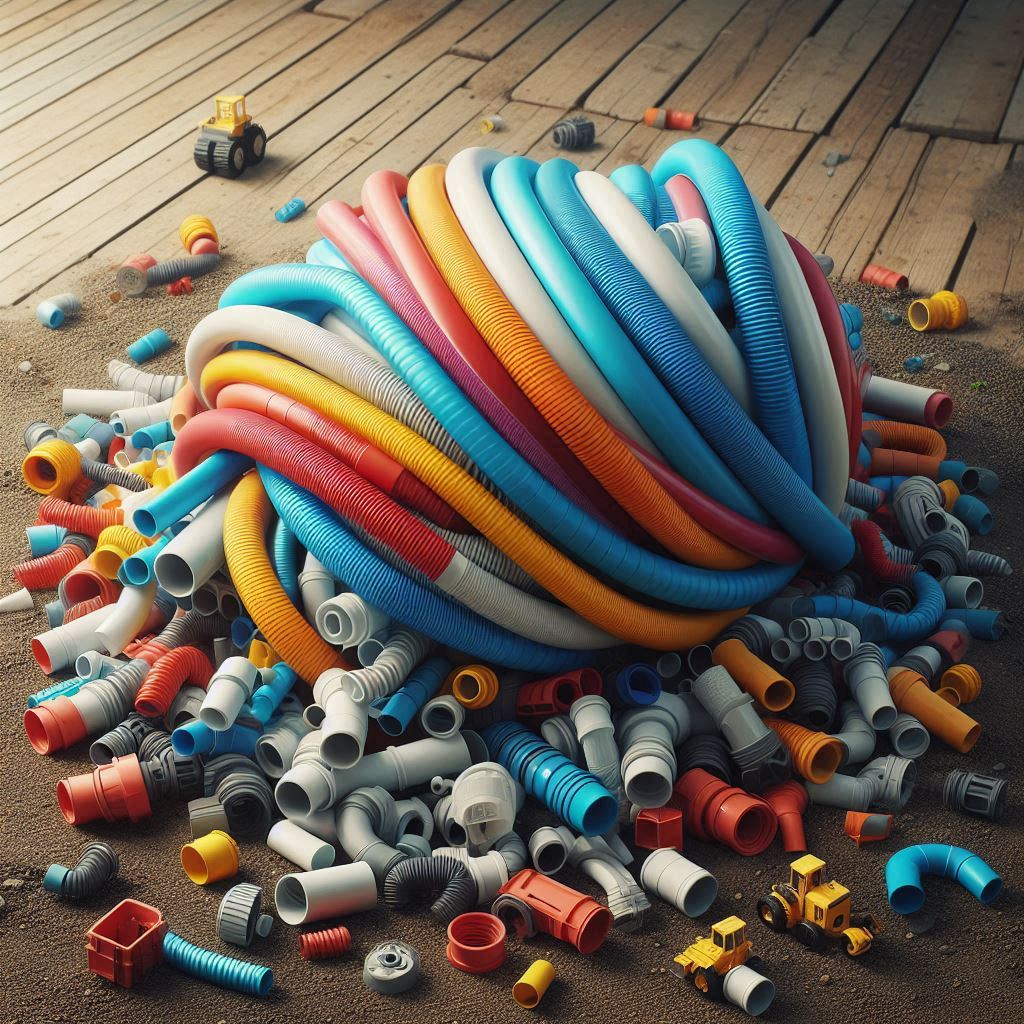Introduction
Have you ever wondered what makes certain plastic materials more flexible and adaptable for various applications? One such material that stands out is Flexible PVC (Polyvinyl Chloride). In this article, we’ll dive into the topic flexible PVC density, exploring its characteristics, applications, and the factors that influence its density. Whether you’re a manufacturer, a DIY enthusiast, or someone curious about material science, this article aims to provide you with valuable insights.
Understanding Flexible PVC Density
What is Density?
Density is a fundamental property of materials, defined as mass per unit volume. It gives us an idea of how much matter is packed into a given space. In the context of plastics like PVC, density plays a crucial role in determining its behavior, usability, and applications.
Why Does Density Matter in Flexible PVC?
- Mechanical Properties: The density of flexible PVC affects its mechanical strength, durability, and resistance to wear and tear.
- Processing and Manufacturing: Knowing the density is essential for processing techniques such as molding and extrusion, ensuring consistent quality.
- Application Suitability: Different applications require different densities. For example, a denser material might be suitable for industrial tubing, while a less dense variant might be ideal for packaging films.
How is the Density of Flexible PVC Measured?
Density is typically measured using the formula:
[ \text{Density} = \frac{\text{Mass}}{\text{Volume}} ]
In practical terms, this involves weighing a sample of PVC and measuring its volume using displacement methods or geometric calculations. Specialized equipment and standardized testing procedures ensure accuracy.
Factors Influencing Flexible PVC Density
Additives and Plasticizers
One of the most significant factors affecting PVC density is the use of additives and plasticizers. These substances are mixed with PVC to enhance flexibility, durability, and other properties.
- Plasticizers: These are compounds that make PVC more flexible by reducing intermolecular forces. Common plasticizers include phthalates and non-phthalate alternatives such as adipates and citrates.
- Fillers and Stabilizers: Fillers like calcium carbonate can increase density, while stabilizers protect the material from degradation, influencing its overall mass and volume.

Manufacturing Process
The method used to produce flexible PVC also impacts its density.
- Extrusion: This process involves melting and shaping PVC through a die. Variations in temperature and pressure can lead to differences in density.
- Injection Molding: This technique injects molten PVC into molds, where cooling rates and mold design can affect the final density.
- Calendering: Rolling PVC into sheets or films can result in density variations based on roller settings and material thickness.
Temperature and Pressure
Environmental conditions during production and usage can cause fluctuations in density.
- Temperature: Higher temperatures typically cause expansion and a decrease in density. Conversely, lower temperatures can lead to contraction and increased density.
- Pressure: Increased pressure during processing can compact the material, enhancing its density, while reduced pressure might have the opposite effect.
Applications of Flexible PVC
Flexible PVC’s density variations make it a versatile material for numerous applications:
Medical Devices
PVC’s biocompatibility and flexibility make it suitable for manufacturing medical tubing, bags, and other devices. The density must be carefully controlled to meet strict regulatory standards.
Construction
In the construction industry, flexible PVC is used for insulation, piping, and cable sheathing. Different densities ensure that the material can withstand varying environmental conditions and mechanical stresses.
Consumer Goods
PVC is found in everyday items such as raincoats, footwear, and inflatable products. The right balance of density ensures these products are lightweight yet durable.
Conclusion
In conclusion, the density of flexible PVC is a key factor that influences its properties, manufacturing processes, and applications. Understanding how additives, manufacturing methods, and environmental conditions affect density can help you make informed decisions, whether you’re selecting materials for a project or working in the industry.
“Density is not just a property; it’s a defining characteristic that shapes the material’s utility and performance.”
So, the next time you come across flexible PVC, remember that its density plays a pivotal role in its functionality and versatility. Whether it’s a medical tube or a rain boot, the right density makes all the difference.
For further reading, you might find these external resources helpful:
Feel free to share your thoughts or questions in the comments below. Let’s continue the conversation!
PVC Is What Material? Unveiling Its Two Sides





